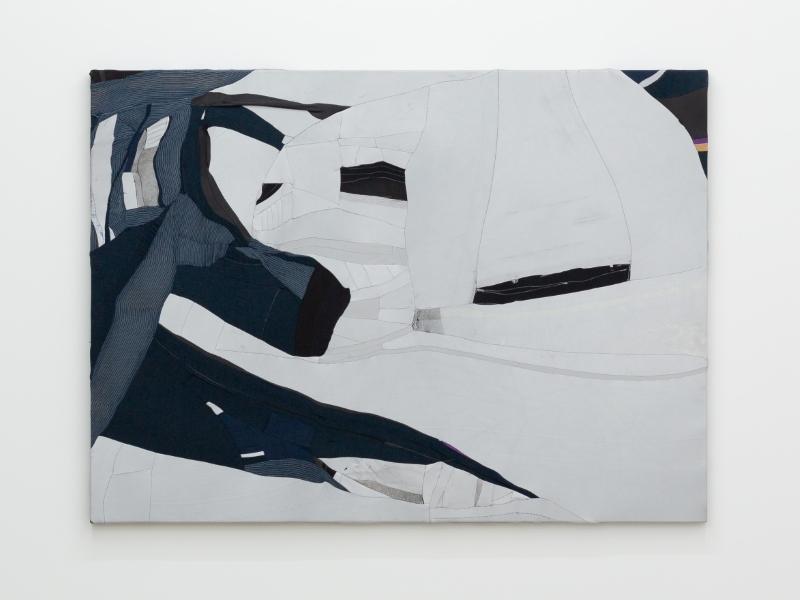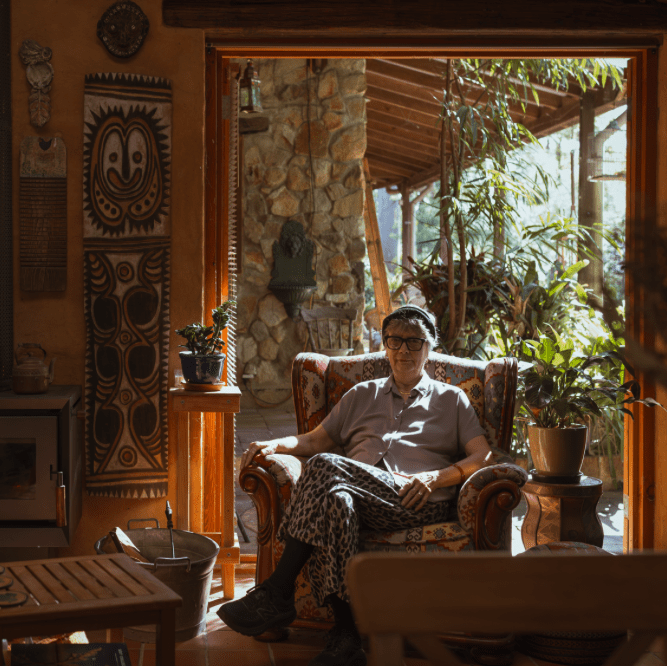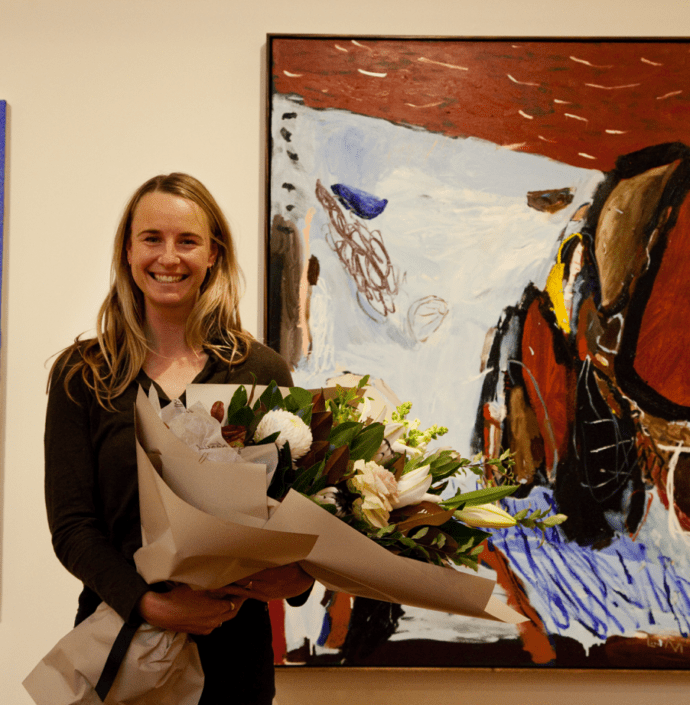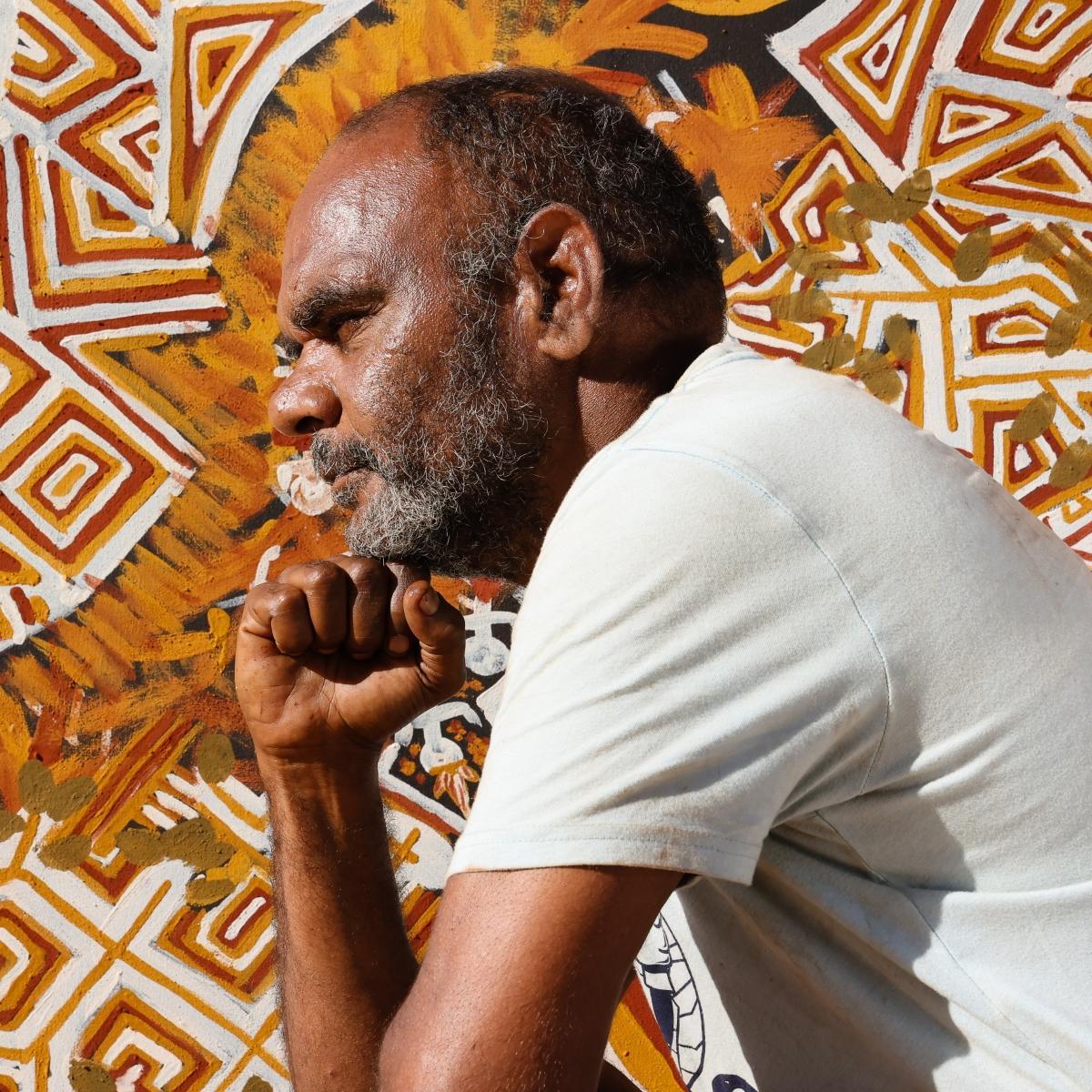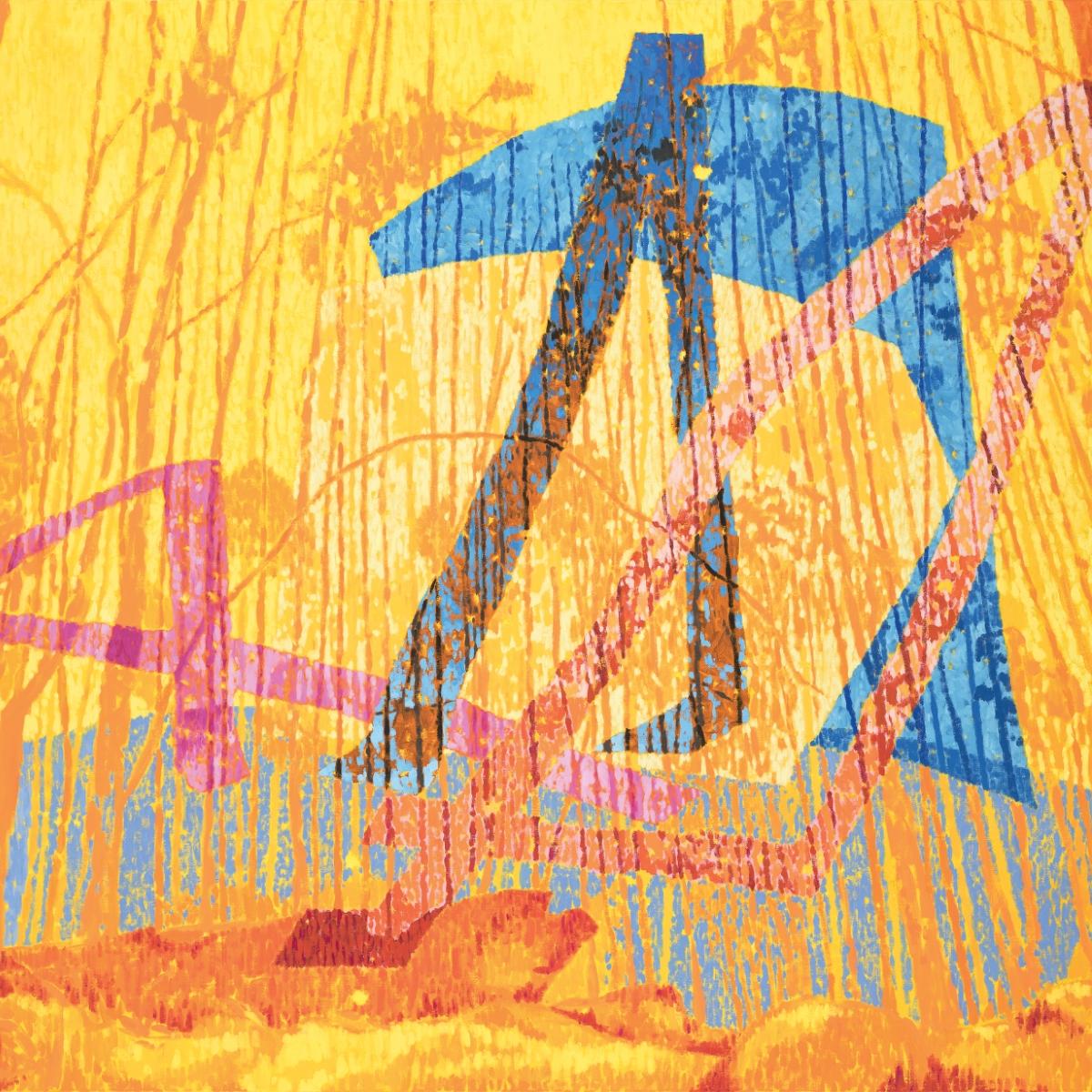Debutantes: Hikalu Clarke
Artists who leading gallerists have thrown their weight behind with a recent debut exhibition.
Words: Emil McAvoy
Hikalu Clarke’s recent debut solo show Dredge at Sumer in Tauranga, New Zealand was a knockout. The exhibition featured new sewn fabric works on stretchers which read as paintings. Constructed over the last two years during successive lockdowns in Aotearoa in the artist’s inner city apartment – which overlooks a section of Tāmaki Makaurau, Auckland’s elevated motorways where three major arterial roads converge – the works evoke an aerial view of these labyrinthine motorways and their iconic depictions by painter Robert Ellis.
Clarke’s instinctive, improvised, process-based making is an alternative to the artist’s usual conceptually-driven methodology. Clarke sees the works as akin to drawings. He describes: “utilising the existing languages within the fabric (source, materiality, patina, existing marks and stains, etc.) as a means of finding points to highlight, crop, and shift towards and away… They’re produced flat and then are stretched — through this process seams rip and fabrics tear — it becomes a point where I can further intercede, deciding whether I re-stretch or utilise the marks produced and make them permanent through hand-stitching.”
The works are constructed from diverse fabrics including high-vis retroreflective coated polyesters, carbon-kevlars, fire-retardant aramids, heavy vinyl used for at-risk prisoner mattresses, and vintage Japanese prints used in kimono and soft furnishings.
Speaking to the artist’s source materials and their implications, Sumer director Dan du Bern notes: “Fashioned from cast-offs and remnants, as well as other bits and pieces he collected on his recent travels and things that were around the studio, their fabrication involved the dismembering of costumes used in past performances and previously exhibited soft sculptures. And for these reasons they elicited in Clarke a sense of unease; seeming almost sacrilegious, iconoclastic, or at the very least an act of self-sabotage, diminishing his own artistic legacy through such acts of destruction.”
Du Bern further reflects on the exhibition title Dredge as evoking a “dragging up and carving out, refashioning and repurposing old things to serve new ends; to look upon things with fresh eyes.”
The show ran from August to September 2022, with a number of the pieces reappearing at the recent Aotearoa Art Fair in November. Here’s hoping for more public outings of these compelling paintings.
Featured image above: Hikalu Clarke, I Need Your Attention, 2022. Retroreflective polyester, aramid kevlar, vintage Japanese and salvaged fabrics, 110 x 150cm. Courtesy: the artist and Sumer, Tauranga.
Featured image below: Hikalu Clarke, Reclaimation Ground, 2022. Vintage Japanese fabrics, 165.1 x 96.5cm. Courtesy: the artist and Sumer, Tauranga.
This article was originally published in Art Collector issue 103, January-March 2023.

